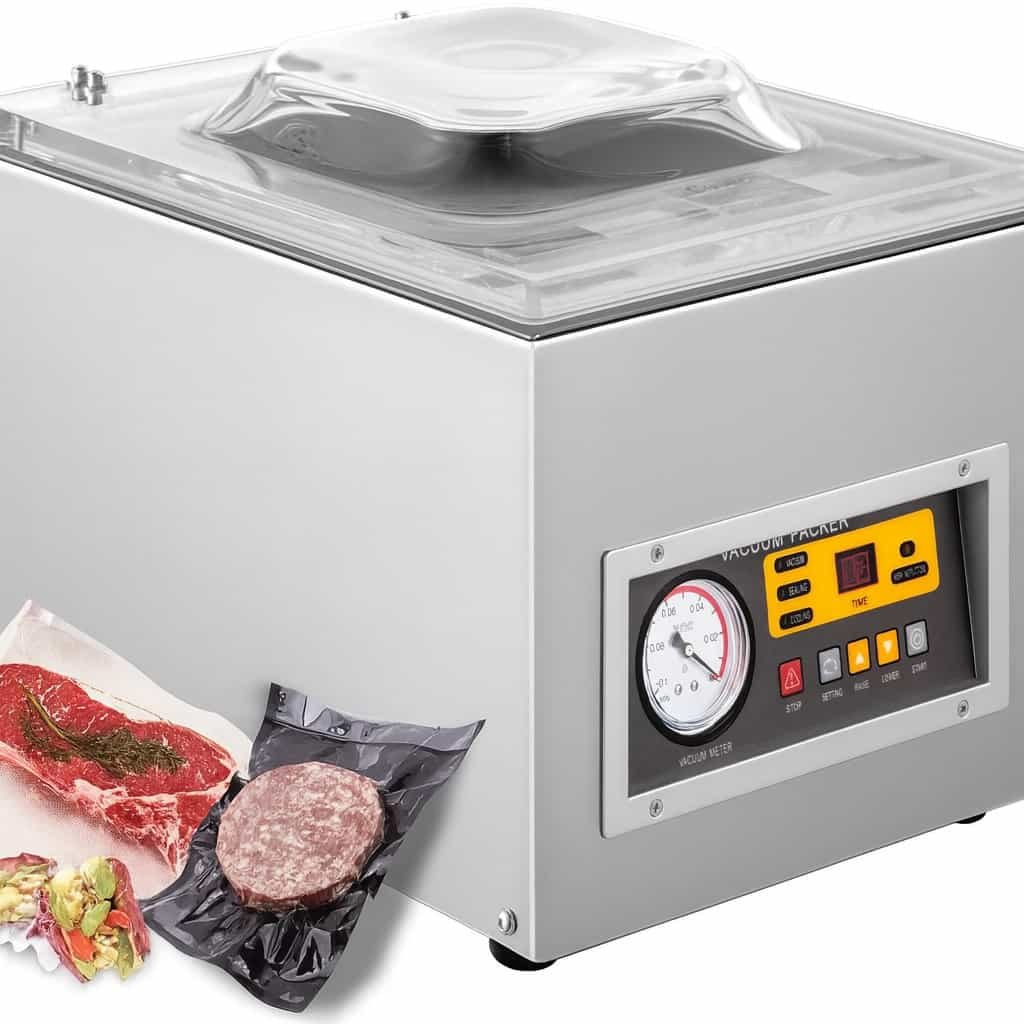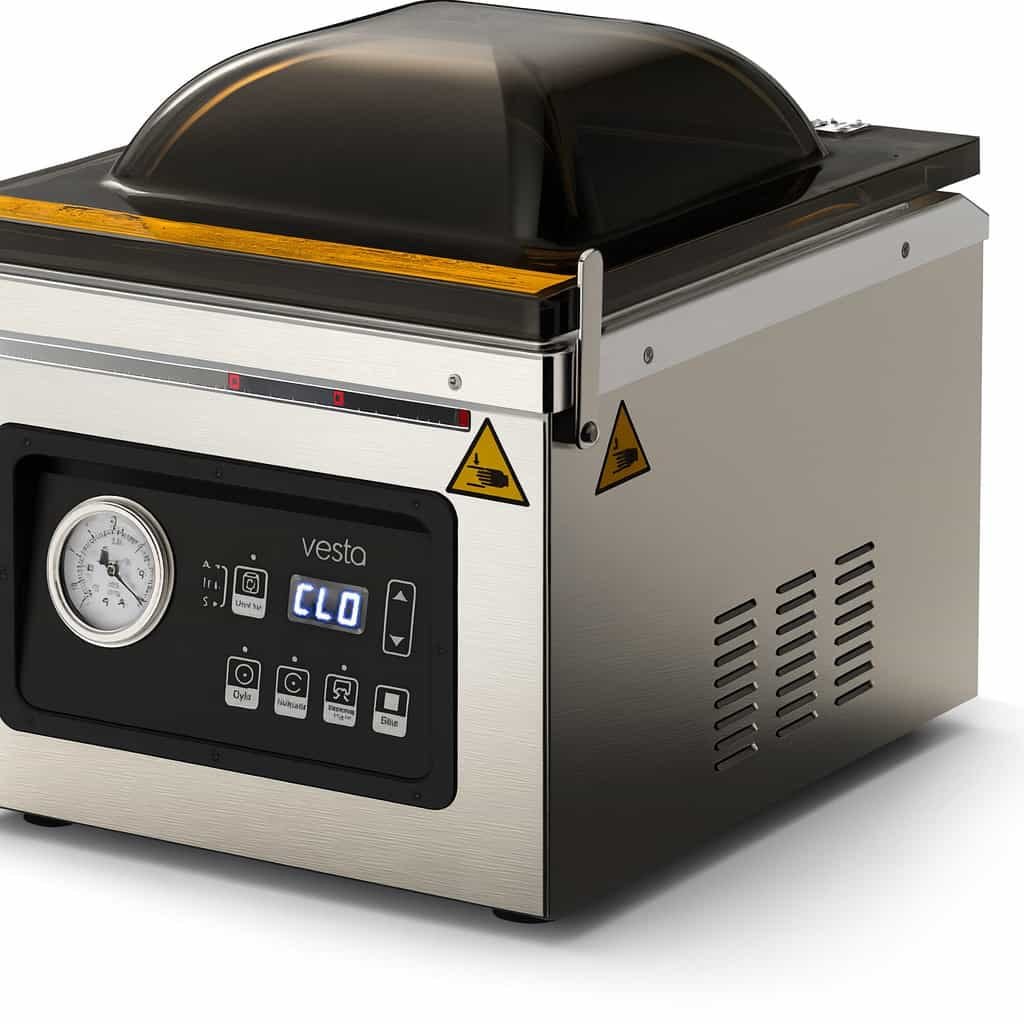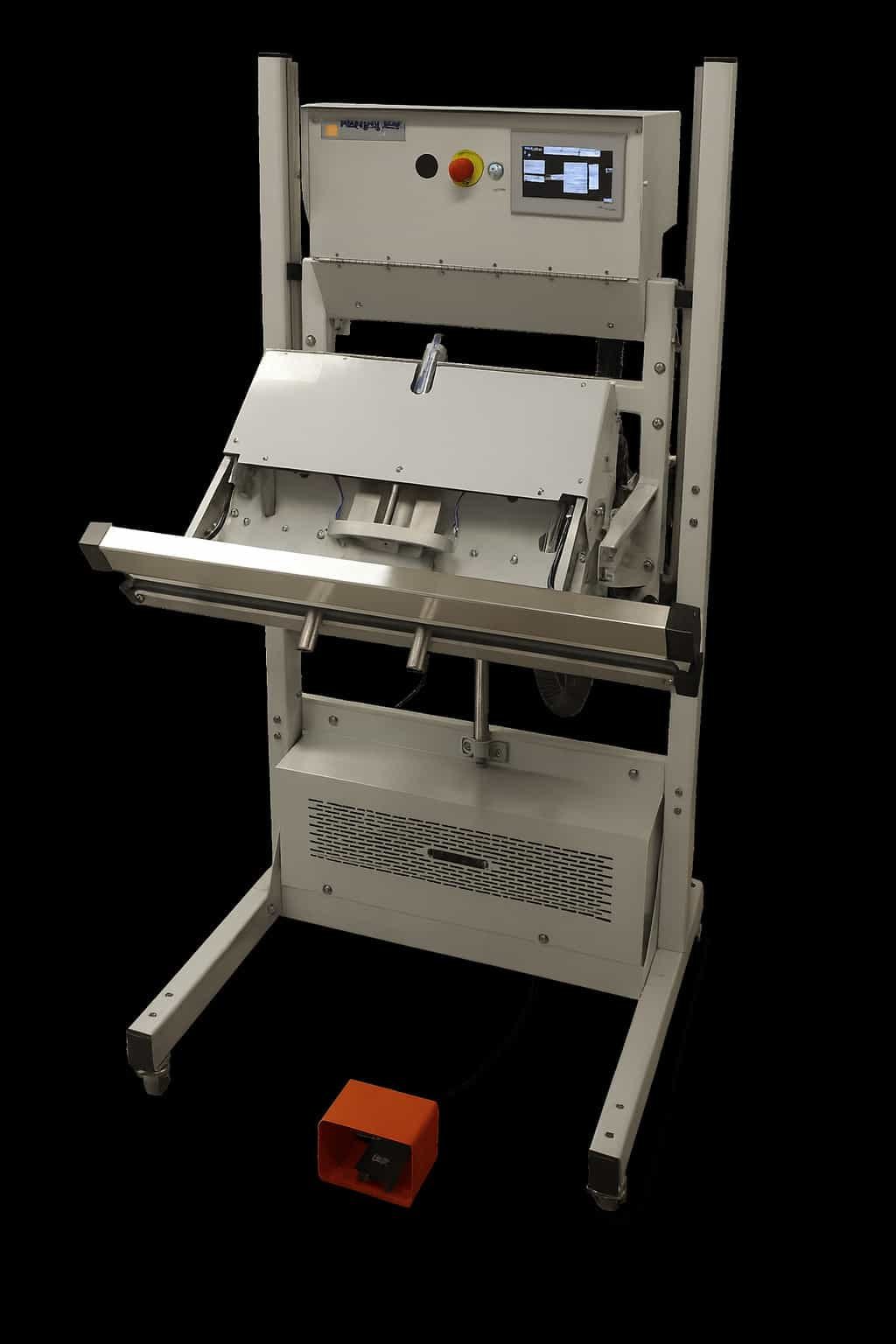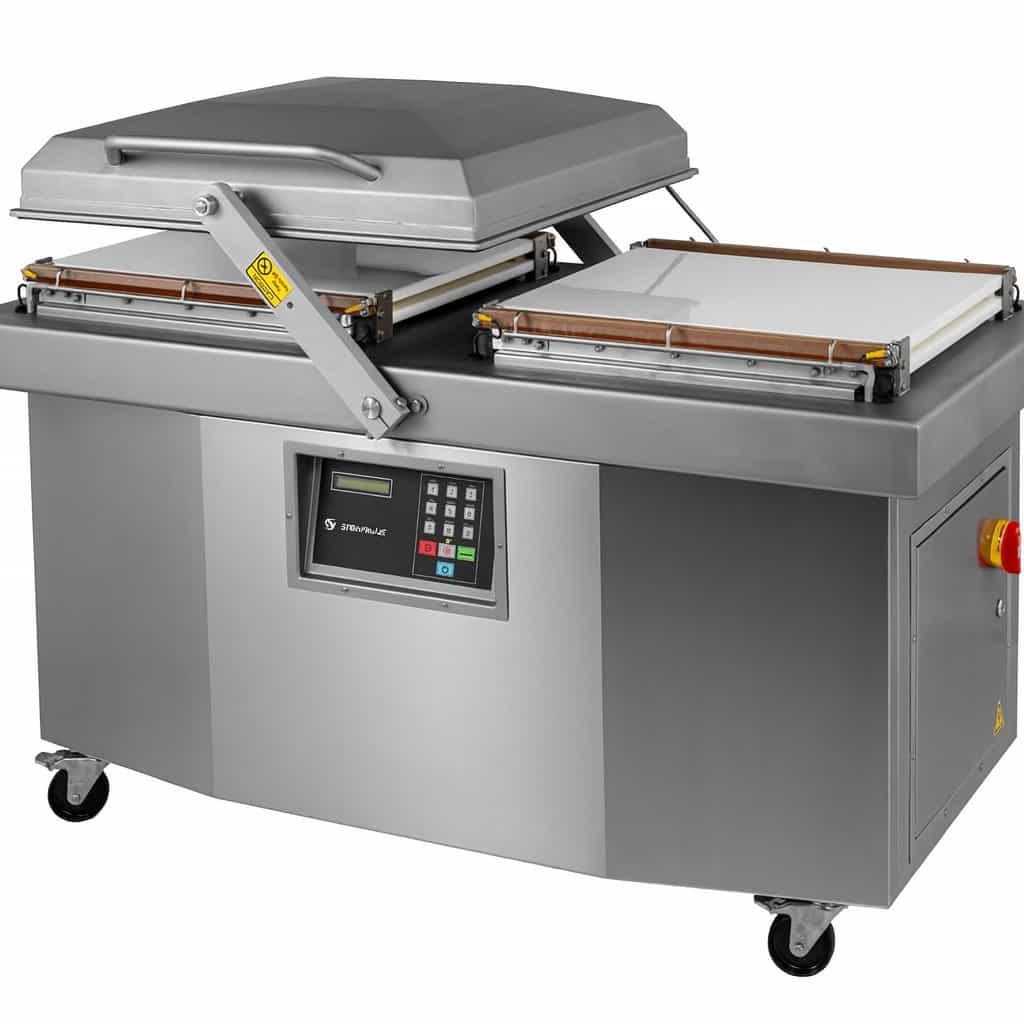What is a Vacuum Sealer Machine?
A vacuum sealer machine is a device that removes air from a package before sealing it. This process extends the shelf life of food by reducing oxidation and preventing the growth of bacteria and mold.

How It Works
- Air Removal: The machine uses a pump to extract air from the package.
- Sealing: The package is then sealed tightly to prevent air from re-entering.
- Preservation: The reduced oxygen environment helps preserve the contents for a longer period.
Benefits
- Extended Shelf Life: Significantly increases the storage time of perishable goods.
- Prevents Freezer Burn: Keeps frozen items fresh by preventing ice crystals.
- Space-Saving: Reduces the volume of stored items.
Common Uses
- Food Storage: Ideal for meats, vegetables, and leftovers.
- Sous Vide Cooking: Prepares food in a vacuum-sealed bag for precise cooking.
- Bulk Buying: Allows for efficient storage of bulk purchases.
Vacuum sealer machines are essential tools for anyone looking to preserve food efficiently and extend its freshness.
What is the purpose of a vacuum sealer machine?
A vacuum sealer machine extends the shelf life of food by removing air from the packaging, preventing spoilage and freezer burn. This preservation method retains freshness, flavor, and nutrients for longer periods.

Key Functions of a Vacuum Sealer Machine
- Air Removal: Extracts air from the package, reducing oxygen levels that cause food spoilage.
- Sealing: Hermetically seals the package, ensuring no air re-enters.
- Extended Shelf Life: Preserves food up to five times longer than traditional methods.
- Prevention of Freezer Burn: Eliminates air pockets, preventing ice crystals from forming on food.
Benefits
- Cost Efficiency: Reduces food waste and allows bulk purchasing.
- Space Saving: Compresses food items, optimizing storage space.
- Convenience: Simplifies meal prep and portion control.
Using a vacuum sealer machine is an effective way to maintain food quality and reduce waste, making it a valuable kitchen tool.
What are the disadvantages of Vacuum Sealer machines?
Vacuum sealer machines, while useful for food preservation, have several disadvantages including initial cost, maintenance needs, and potential for food spoilage if not used correctly.

Initial Cost
Vacuum sealers can be expensive to purchase, especially higher-end models that offer more advanced features. This initial investment may be a barrier for some users.
Maintenance and Running Costs
These machines require regular maintenance to function effectively. Additionally, the cost of replacement bags and rolls can add up over time.
Potential for Food Spoilage
If the sealing process is not executed correctly, air may remain in the bag, leading to spoilage. Users must ensure the vacuum and sealing process is airtight.
Limited Use
Vacuum sealers are primarily designed for food items. Their utility for other types of storage is limited, which may reduce their overall value.
Space Consumption
These machines can take up considerable counter or storage space, which might be a drawback for those with limited kitchen space.
How does a Vacuum Sealer machine work?
A vacuum sealer machine works by removing air from a bag or container and then sealing it to preserve the contents. This process helps to extend the shelf life of food and other perishable items.

Key Steps in Vacuum Sealing:
- Placement: Place the item inside a vacuum-sealable bag or container.
- Air Removal: The machine uses a pump to extract air from the bag.
- Sealing: Once the air is evacuated, the machine uses heat to seal the bag, creating an airtight environment.
- Completion: The sealed bag is then ready for storage, significantly reducing exposure to oxygen and moisture.
Benefits:
- Extended Shelf Life: Slows down the oxidation process and reduces freezer burn.
- Space Efficiency: Compacts contents, saving storage space.
- Freshness: Maintains the freshness and quality of the contents for a longer period.
By following these steps, vacuum sealers ensure that food and other items remain fresh, safe, and ready for use over an extended period.
What are the disadvantages of vacuum sealing food?
Vacuum sealing food may lead to potential drawbacks such as high initial costs, limited food types, and potential health risks. While it extends shelf life, not all foods benefit from vacuum sealing.

High Initial Costs
- Equipment Investment: Requires purchasing a vacuum sealer and compatible bags.
- Maintenance: Ongoing costs for bags and potential repairs.
Limited Food Types
- Moisture-Rich Foods: Can spoil faster due to anaerobic bacteria growth.
- Textural Changes: Items like bread can be crushed, and some fruits may lose texture.
Potential Health Risks
- Anaerobic Bacteria: Without oxygen, certain bacteria (e.g., Clostridium botulinum) may thrive.
- Chemical Leaching: Some plastic bags may leach chemicals into food over time.
Vacuum sealing has benefits but consider these disadvantages to determine if it’s suitable for your needs.
What are the three types of Vacuum Sealer machine?
The three main types of vacuum sealer machines are external vacuum sealers, chamber vacuum sealers, and handheld vacuum sealers.

External Vacuum Sealers
External vacuum sealers are commonly used in households. They work by placing the open end of a bag into the machine, which then removes air and seals the bag. They are suitable for preserving dry foods and non-liquid items.
Chamber Vacuum Sealers
Chamber vacuum sealers are more robust and suitable for commercial use. They operate by placing the entire bag inside a chamber, which then removes air from both the bag and the chamber. This method is ideal for sealing liquids and wet foods.
Handheld Vacuum Sealers
Handheld vacuum sealers are portable and convenient for quick sealing jobs. They usually work with specially designed bags that have a valve. The sealer removes air through the valve, making it ideal for occasional use and small storage needs.
These three types cater to different needs from household to commercial applications, offering flexibility in food preservation.

